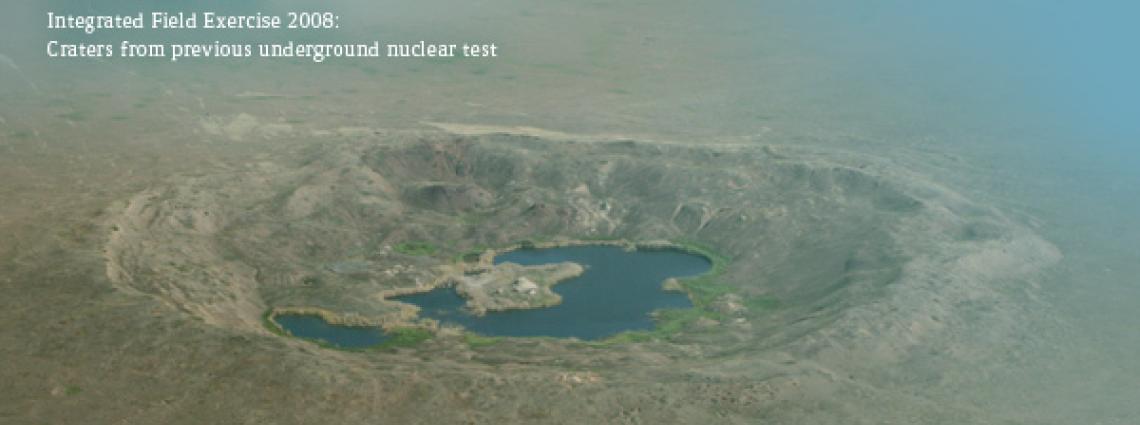CTBTO inspectors implement on-site inspection test scenario in Kazakh steppe

CTBTO On-Site Inspection Exercise sets up in Kazakhstan
Anticipation is mounting at the main train station in Almaty.
Realistic scenario for an on-site inspection
The train takes inspectors, Arcanians and all other exercise participants and observers to Semey in the north of Kazakhstan.
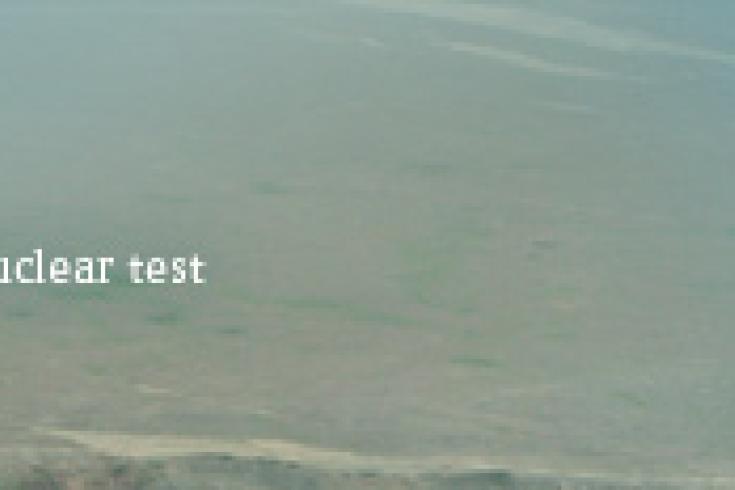
Vendors offer their wares at each train stop.
Starting the inspection
In Semey, formerly known as Semipalatinsk, the train was exchanged for buses.
Convincing role play
On the road into the Polygon, the name of the former nuclear test ground.
Crossing the Kazakh steppe
Representatives of Arcania check equipment for seismic aftershock monitoring.
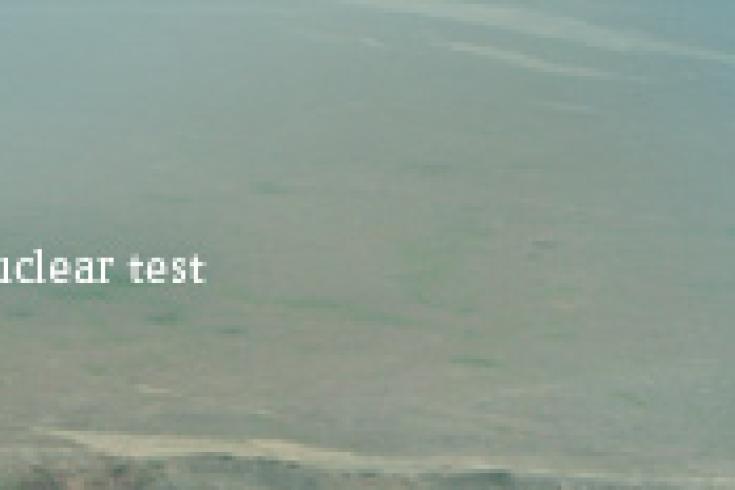
After settling into their temporary accommodation, participants in the exercise quickly reverted to their roles of inspectors and inspected State Party representatives and immediately started preparations for the first couple of days of the inspection.
Setting up camp and first inspection activities The very first day in the field began with “the initial inspection phase” which involved checking and installing the equipment necessary for the inspection activities. The inspection team faced another challenge when representatives of the inspected State Party went through equipment packing lists and found discrepancies with the equipment lists provided by the inspection team. As is their prerogative under the Treaty, they demanded that the equipment be tested before being taken out to the field to ensure that it met all requirements. First deployment activities started on the same day. While most inspectors were involved in camp-building activities, one team made its first trip into the inspection area to install a seismic mini-array for the monitoring of possible aftershocks of an underground explosion.
Communication experts of the inspection team erect the VSAT antenna providing direct communication with the CTBTO headquarters in Vienna.
Preparing for the first overflight
Sudden turn of weather adds to challenges The next day, the weather deteriorated and all flights were grounded. The inspection team had to continue mainly with equipment checking or installation and camp build-up. Luck was certainly not on the side of the inspection team, as the weather turned from bad to worse, grounding all activities in the inspection area for security reasons. Continued rain, gales and freezing temperatures overnight put camp life under considerable strain and demanded ingenuity and flexibility not only from the exercise teams but from all its inhabitants.
Before the helicopter can take off for the first overflight, inspectors discuss the flight plan with representatives of Arcania.
A MI8 helicopter takes off for a visual observation overflight.
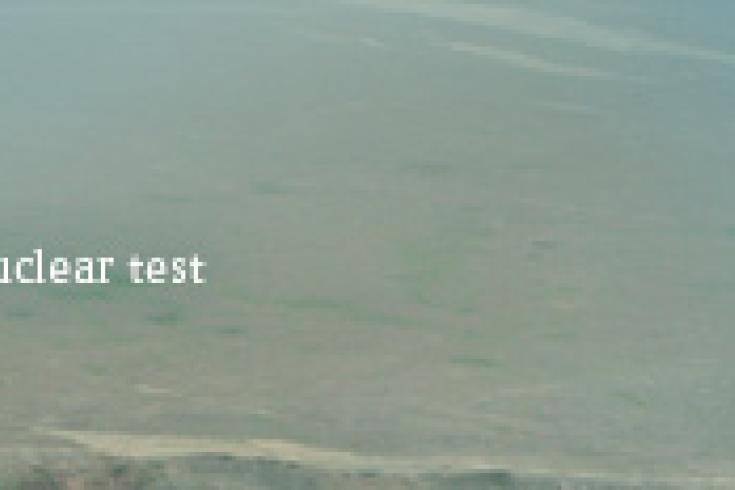
Finally in the air
Inspectors use still cameras for this overflight to capture signs of anomalies or disturbances on the ground.
Inspection well under way
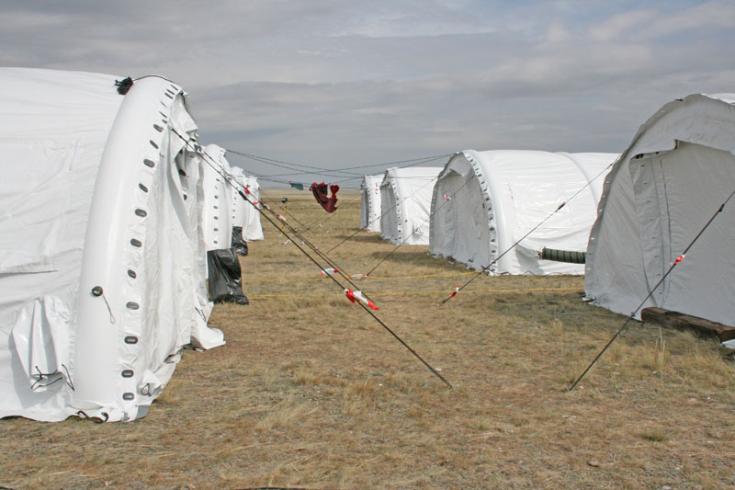
IFE08 Camp near the former Soviet Union nuclear site in Kazakhstan.
12 Sep 2008
